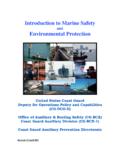Transcription of RISK MANAGEMENT (RM), COMDTINST 3500
1 Commandant United States Coast guard US Coast guard Stop 7324 2703 Martin Luther King Jr. Ave SE Washington, DC 20593-7324 Staff Symbol: CG-7 Phone: (202) 372-2021 COMDTINST 05 MAR 2018 COMMANDANT INSTRUCTION Subj: RISK MANAGEMENT (RM) Ref: (a) Safety and Environmental Health Manual, COMDTINST (series) (b) Department of Homeland Security Directive 007-03, Integrated Risk MANAGEMENT (IRM) (c) Coast guard Publication 3-0 (series) (d) Coast guard Air operations Manual, COMDTINST (series) (e) Coast guard boat operations and training ( boat ) Manual, Volume I, COMDTINST (series) (f) Coast guard Maritime Law Enforcement Manual (MLEM), COMDTINST (series) (g) The Coast guard Addendum to the United States National Search and Rescue Supplement (NSS) to the International Aeronautical and Maritime Search and Rescue Manual (IAMSAR), COMDTINST (series) (h) Contingency Preparedness Planning Manual, Volume I.
2 Contingency Planning Policy, COMDTINST (series) (i) Threat and Hazard Identification and Risk Assessment (THIRA) Guide of the Comprehensive Preparedness Guide (CPG) 201 1. PURPOSE. This Instruction establishes responsibilities and procedures for training and conducting Risk MANAGEMENT (RM) in accordance with References (a) and (b), and mandates the use of the General Assessment of Risk (GAR) tool, GAR , to establish a standardized risk assessment process for all communities. 2. ACTION. All Coast guard commanding officers, officers-in-charge, and assistant commandants, shall comply with the provisions of this Instruction. Internet release is authorized. DISTRIBUTION SDL No. 168 a b c d e f g h i j k l m n o p q r s t u v w x y z A X X X X X X X X X X X X X X X X X X B X X X X X X X X X X X X X X X X X X X C X X X X X X X X X X X X X X X X X X X X X X X X D X X X X X X X X X X X E X X X X X X X X X X X X X X X X F X X X G X X X X H X X X X X NON-STANDARD DISTRIBUTION: NONE COMDTINST 2 3.
3 DIRECTIVES AFFECTED. Operational Risk MANAGEMENT , COMDTINST ; Team Coordination training , COMDTINST ; and Crew Endurance MANAGEMENT , COMDTINST , are hereby cancelled. 4. DISCUSSION. a. Risk has many definitions. For the purpose of this Instruction, risk is defined as the possibility of loss or injury due to exposure to a hazard. Risk is inherent in all operations and activities. Risk MANAGEMENT (RM) is a process to identify, assess, control, mitigate and manage hazards associated with an operation or activity. b. Analysis of mishap data reveals that the most common cause of mishaps is a lack of deliberate and systematic RM during preparation, planning, and execution of operations and activities. Deficits in RM compromise the quality or availability of information necessary to establish a shared mental model.
4 When executed in a deliberate and systematic fashion, RM generates all the required information to establish a common operating picture throughout the chain-of-command. c. Coast guard operations are inherently complex, dynamic, dangerous, and, by nature, involve the acceptance of some level of risk. The potential gains of conducting the activity or mission must justify, or warrant, the expected risk exposure. References (c) through (i) provide guidance on acceptable risks given specific operational gains ( , saving of life, protection of homeland, and saving property). While guidance on warranted risk establishes organizational expectations, the value and utility of this guidance relies upon each member s ability to properly exercise RM.
5 D. The RM process provides a framework to identify and assess hazards, evaluate the risk level, and weigh the risk against the potential benefits. Taking calculated risks is often necessary, but deliberate use of the RM process increases mission success by reducing member exposure to hazards. e. The RM process relies on effective teamwork and communication to identify, assess, control, mitigate, and manage potential hazards. Research has identified seven critical human factors (mission analysis, leadership, adaptability and flexibility, situational awareness, decision making, communication, and assertiveness) that if not managed will increase the potential for error-induced mishaps. These human factors are the foundation for community specific risk MANAGEMENT programs, including Crew Resource MANAGEMENT (CRM), Bridge Resource COMDTINST 3 MANAGEMENT (BRM), Team Coordination training (TCT), and Maintenance Resource MANAGEMENT (MRM).
6 F. This Instruction is intended to address workplace health and safety RM requirements mandated by References (a-b) and does not address RM activities associated with national response planning, contingency preparedness planning, acquisitions, financial, or schedule risk. 5. DISCLAIMER. This Guidance is not a substitute for applicable legal requirements, nor is it itself a rule. It is intended to provide operational guidance for Coast guard personnel and is not intended to nor does it impose legally-binding requirements on any party outside the Coast guard . 6. MAJOR CHANGES. Major changes to the previous version of this Instruction are summarized below: a. Updates the RM process from the current 7 steps to the new 5 step process.
7 B. Reintroduces the PEACE (Planning, Event Complexity, Asset, Communications, and Environment) and the STAAR (Spread out, Transfer, Avoid, Accept, and Reduce) models to identify hazards and explore mitigation strategies during risk assessments. c. Introduces the Risk Assessment Matrix (RAM) for conducting what can go wrong analyses. d. Mandates the use of GAR to conduct risk assessments. e. Standardizes RM training for all communities. 7. IMPACT ASSESSMENT. No personnel, training or funding increases were generated by the reissue of this Instruction. 8. ENVIRONMENTAL ASPECT AND IMPACT CONSIDERATIONS. a. The development of this Instruction and the general policies contained within it have been thoroughly reviewed by the originating office in conjunction with the Office of Environmental MANAGEMENT , Commandant (CG-47).
8 This Instruction is categorically excluded under current Department of Homeland Security (DHS) categorical exclusion (CATEX) A3 from further environmental analysis in accordance with Implementation of the National Environmental Policy Act (NEPA), DHS Instruction Manual 023-01-001-01 (series). Because this manual contains guidance on, and provisions for, compliance with applicable environmental mandates, DHS CATEX A3 is appropriate. b. This Directive will not have any of the following: significant cumulative impacts on the human environment; substantial controversy or substantial change to existing environmental conditions; or inconsistencies with any Federal, State, or local laws or administrative determinations relating to the environment.
9 All future specific actions resulting from the general policies in this Instruction must be individually evaluated for compliance with the National Environmental Policy Act (NEPA), DHS and Coast guard NEPA policy, and compliance with all other environmental mandates. COMDTINST 4 9. DISTRIBUTION. No paper distribution will be made of this Instruction. An electronic version will be located on the following Commandant (CG-612) websites. Internet: and CGPortal: 10. PROCEDURE. The Coast guard has adopted a 5-step RM process that consists of 1) Identifying Hazards, 2) Assessing Hazards, 3) Developing Controls and Making Decisions, 4) Implementing Controls, and 5) Supervising and Evaluating Controls. Since all Coast guard missions and operating environments are fluid and dynamic, this process is continuous and adaptive.
10 The PEACE model is used to identify those elements considered essential to the safe and effective execution of an operation or activity. The STAAR outlines potential strategies to mitigate and/or control risk. When used in tandem, PEACE and STAAR generate the necessary information to establish a shared mental model up and down the chain of command, assist in decision making, and encourage robust risk MANAGEMENT . The PEACE/STAAR analyses are captured in GAR to make warranted risk decisions. 11. RECORDS MANAGEMENT CONSIDERATION. This Instruction has been evaluated for potential records MANAGEMENT impacts. The development of this Instruction has been thoroughly reviewed during the directives clearance process, and it has been determined there are no further records scheduling requirements, in accordance with Federal Records Act, 44 3101 et seq.
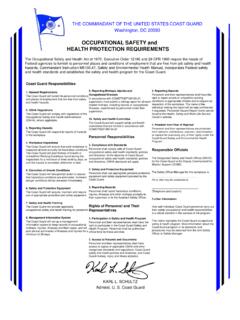
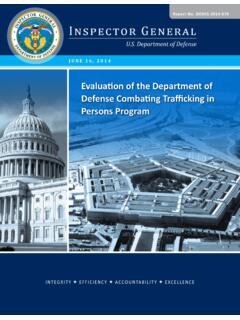
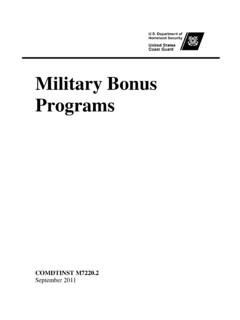
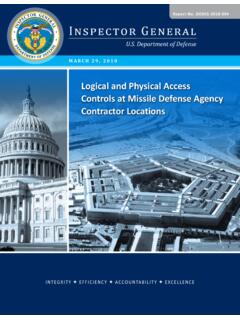
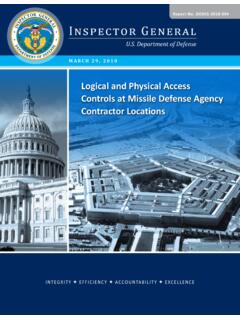
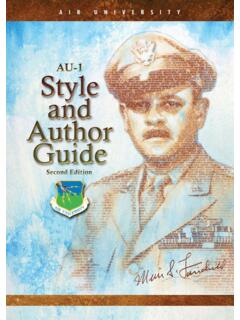
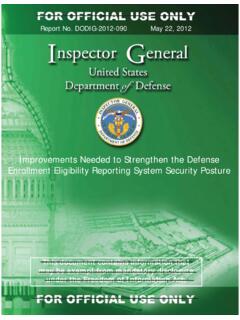
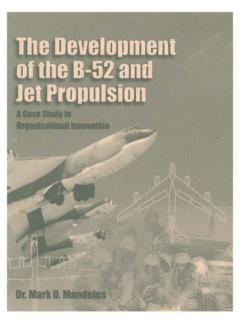

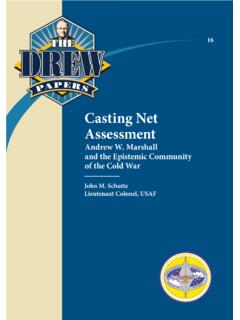


![Welcome [rdept.cgaux.org]](/cache/preview/2/9/9/0/e/4/5/1/thumb-2990e451ec1a7a6f8f2bfac68b662858.jpg)
